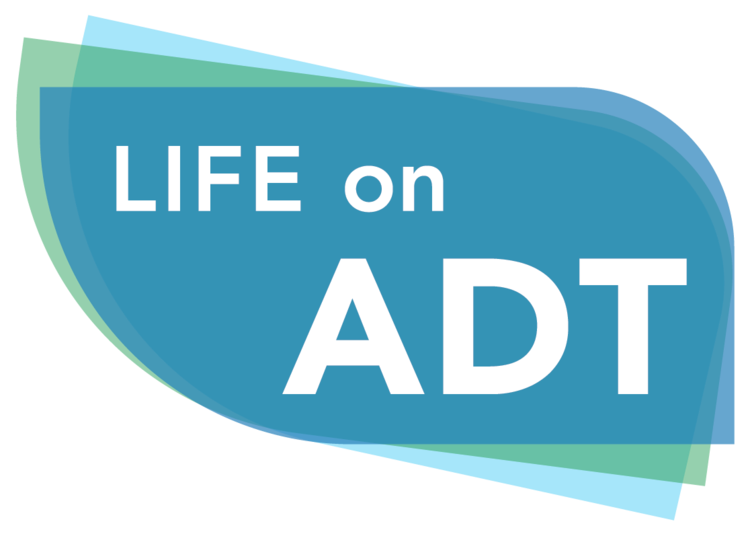Bone health management in men undergoing ADT: examining enablers and barriers to care. By Damji et al. 2014
Key sentence from the paper: “[T]he majority of men on ADT remain unaware that bone loss is a side–effect of ADT, have low knowledge about OP (= osteoporosis), and report low levels of susceptibility to osteoporosis despite their relatively high risk. In addition, the majority of men on ADT are not engaging regularly in HBBs (= “healthy bone behaviors”), particularly, calcium and vitamin D intake and exercise.”
For the full abstract, see: http://www.ncbi.nlm.nih.gov/pubmed/25526712
Commentary: The data in this paper are not from patients but rather from the physicians who start patents on ADT: 73 radiation oncologists and 83 urologists in Canada took a survey to assess their knowledge regarding recommendations for managing bone health in patients on ADT. Only about a third of the physicians requested a bone mineral density test on their patients before starting them on ADT, and followed up with routine bone mineral density test in following years.
From the physician's perspective, the major reasons why they were not educating their patients better about what to do to protect their bones was simply that they didn't have the time or other supporting structures (e.g., with appropriate literature or staff to educate patients about bone health). Bone health remains a major area where patients need to be encouraged to make the right lifestyle changes to protect themselves from serious fractures while on ADT.
Damji, A.N., Bies, K., Alibhai, S.M., Jones, J.M., 2014. Bone health management in men undergoing ADT: examining enablers and barriers to care. Osteoporos International. [Epub ahead of print] 20 December 2014
